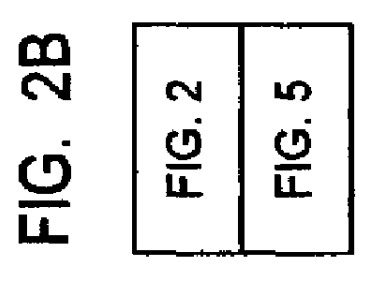Method and apparatus for a product recovery system
- Summary
- Abstract
- Description
- Claims
- Application Information
AI Technical Summary
Benefits of technology
Problems solved by technology
Method used
Image
Examples
example 2 (figs.5 , 2b and 2)
B. EXAMPLE 2 (FIGS. 5, 2B AND 2)
1. Filter line rinse procedure
Using balance / filler feed tank spray ball water 506, pre-rinse a balance / filler feed tank 503 and allow the rinse water to drain through a balance / filler feed tank second valve 508, a balance / filler feed tank first check valve 510, and a balance / filler feed tank divert valve 511 into a balance / filler feed tank drain 569. Using filler return tank spray ball water 549, pre-rinse a filler return tank 548, and allow the rinse water to drain through a filler return tank first check valve 553 and a filler return tank first divert valve 554 into a filler return tank drain 555.
Verify that the line tank second valve 246 (FIG. 2) is closed. Send water 302 (FIG. 3) through the product line 304 (FIG. 3), and all the equipment identified in line tank product recovery module 248 (See FIGS. 2 and 3), and into the line tank product line 250 (See FIGS. 2 and 3), through the balance / filler feed tank first valve 502, and into the balance / fi...
PUM
 Login to View More
Login to View More Abstract
Description
Claims
Application Information
 Login to View More
Login to View More - R&D Engineer
- R&D Manager
- IP Professional
- Industry Leading Data Capabilities
- Powerful AI technology
- Patent DNA Extraction
Browse by: Latest US Patents, China's latest patents, Technical Efficacy Thesaurus, Application Domain, Technology Topic, Popular Technical Reports.
© 2024 PatSnap. All rights reserved.Legal|Privacy policy|Modern Slavery Act Transparency Statement|Sitemap|About US| Contact US: help@patsnap.com










